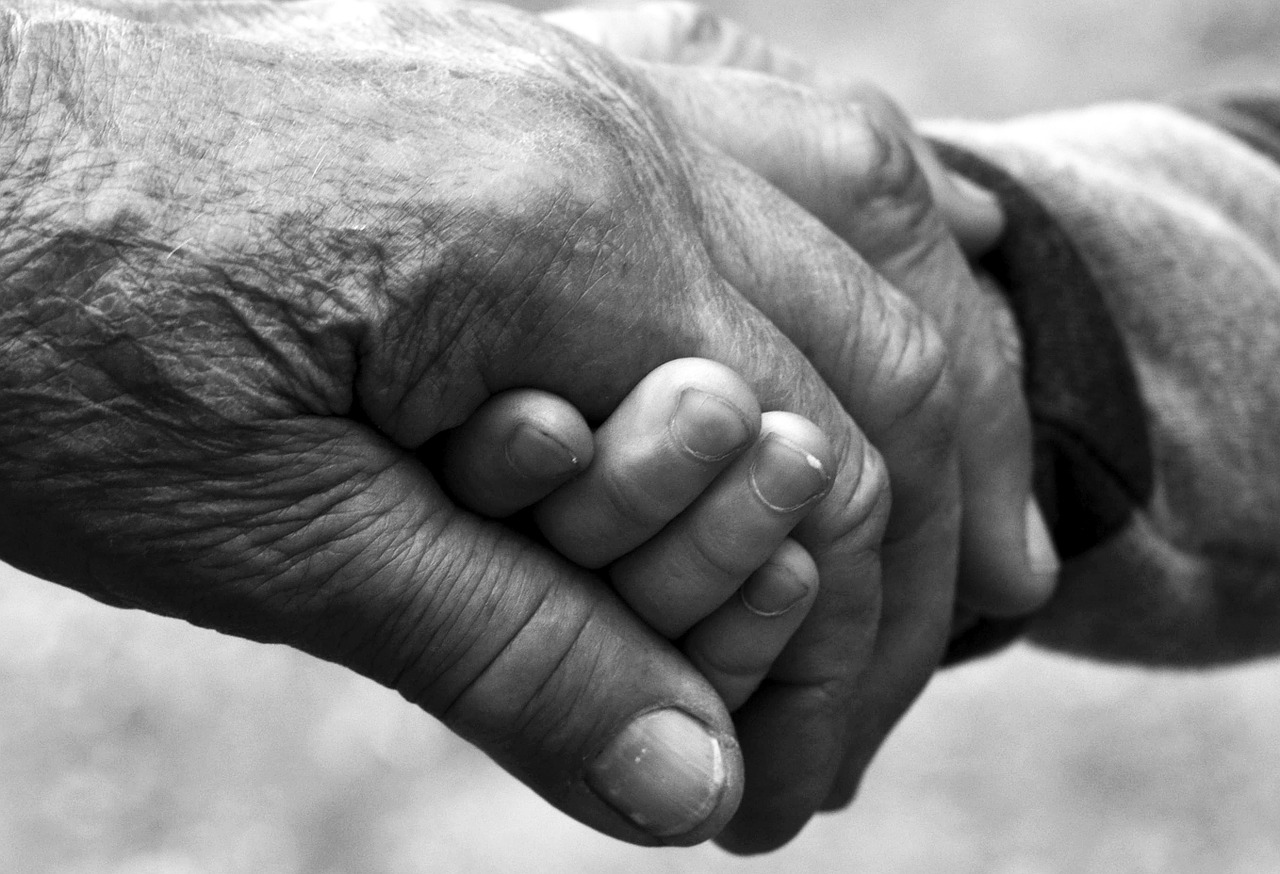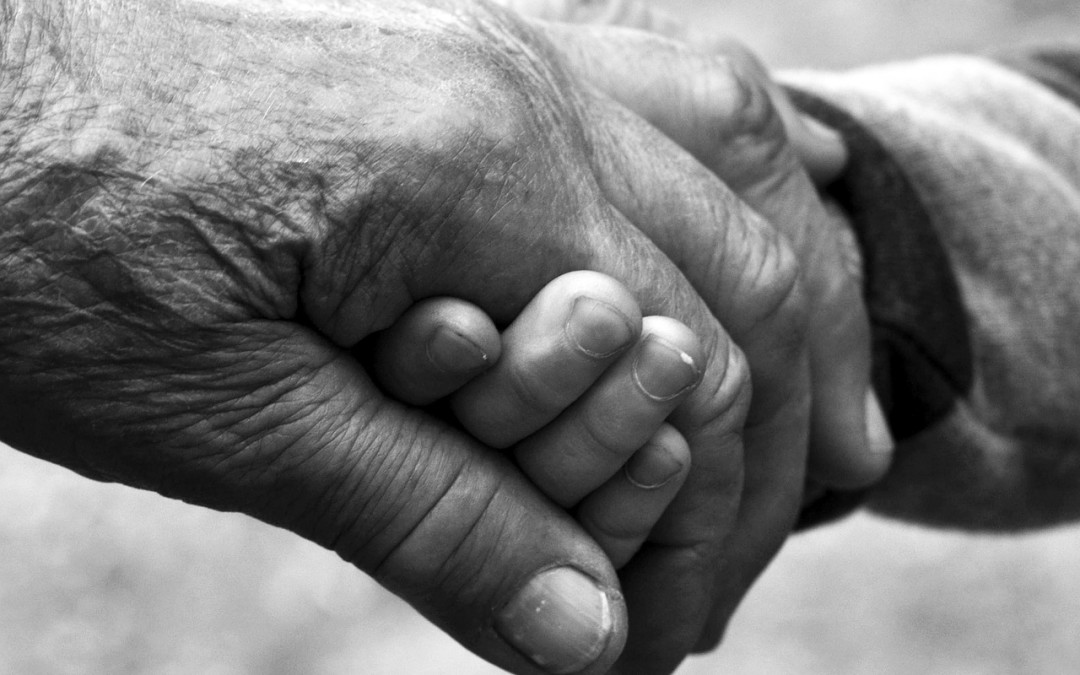If you have parents or relatives who are older and live on their own, chances are you worry about how they’re doing on a daily basis.
The conveniences of an automated home (or “smart home”) can be a great way to compromise when seniors want to stay in their homes, but you want to ensure they’re safe and comfortable.
The same automated home systems that make life more convenient for you and I can perform vital functions in safety and security for seniors (and peace of mind for you).
Here are 10 ways home automation can be used for senior safety.

1. Climate control and smart thermostats can be used to ensure that a senior’s home is always the right temperature.
Is it getting cold tonight? Check in and ensure the heat is adjusted accordingly.
Are there heat advisories for your area? Monitor their home’s temperature so they’re comfortable and cool.
2. Automate a “Good Night” setting that turns off all lights and locks all doors.
With the press of one button on a keypad, your loved one can secure the home for the night – locking all doors, turning off internal lights, turning on security lights, closing the garage door and more.
3. Get an alert when the “Good Night” setting is pressed.
Get peace of mind via a notification when the “Good Night” setting is pressed. It’s confirmation that their home is safe and secure for the night.
4. Be notified when seniors exit and enter their home.
If you’re worried about a relative’s time outdoors due extreme weather or health issues, receive a notification each time they exit and re-enter their home. You could also receive a secondary notification if they’ve been out of their home for an extended period of time.
5. Automated lighting in critical areas can help seniors maneuver around their home more safely.
Whether in hallways, on stairs, in bathrooms or elsewhere in the home, automated safety lighting can help with safe navigation of household obstacles when household lights are dim or off.
6. Lights operated by keypad or tablet are the next generation “Clapper.”
No more “clap on, clap off.” Lights, television, temperature and more can all easily be controlled from a bedside or favorite chair.
7. Receive an alert if water is leaking somewhere it shouldn’t be.
Small sensors can be placed in areas where water would signal a big problem: In basements, under sinks, in bathrooms and so on.
Whether your loved one started to run a bath and then forgot, or their sump pump stopped working, you’ll receive an urgent text alert that your attention is needed immediately.
8. Replace traditional door key locks with number keypads that are easy on arthritic hands.
In addition to easier unlocking, you can use smart locks to allow certain people – like caregivers or cleaners – into the home, and see when they arrive and leave.
9. Motorized shades and drapes eliminate the need for reaching and pulling.
Controlling home lighting and privacy without needing to reach for shades or pull on drapes can be a huge benefit to seniors who live at home.
Pressing a button can filter light or add privacy with sheers, or block light completely with blackout shades or drapes.
10. You can control systems remotely when and if needed.
Daily: Temperature, lighting and shades can be controlled automatically via timers and motion sensors, making the majority of systems “hands off.”
Occasionally: You can monitor and control all home systems from your own phone or tablet. Check in periodically to make adjustments, and receive notifications when needed.
Installing automated systems in a senior’s home can be done quickly and neatly, and can improve their quality of life and comfort while letting them remain independent and in their own homes for as long as possible.
Visit a home automation integrator like Suess Electronics to discuss your needs and concerns with experienced system designers.


